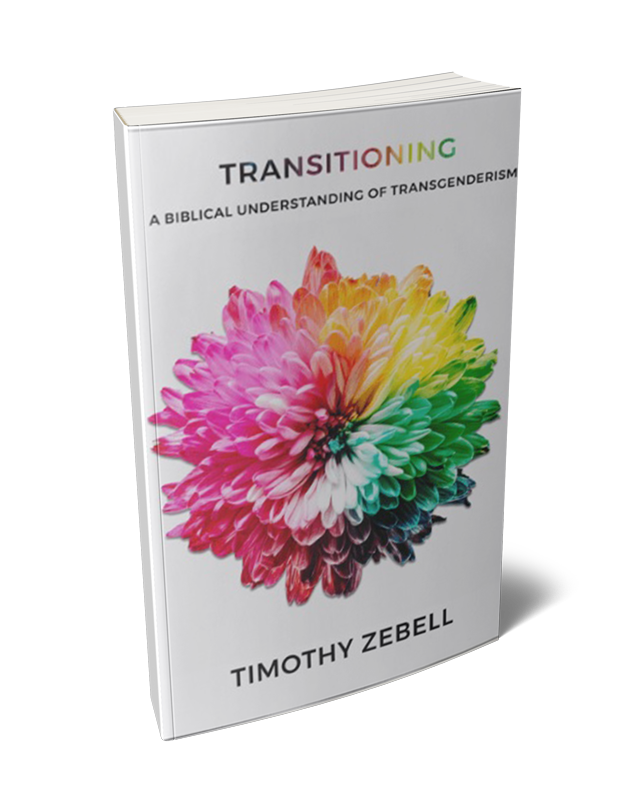Within a month’s time 1,327,000 petitioners pledged to boycott Target, America’s second largest retailer, over its revised bathroom policy.[1][2] In a company statement issued April 19, 2016, Target announced:
We believe that everyone—every team member, every guest, and every community—deserves to be protected from discrimination, and treated equally. Consistent with this belief, Target supports the federal Equality Act, which provides protections to LGBT individuals, and opposes action that enables discrimination. … we welcome transgender team members and guests to use the restroom or fitting room facility that corresponds with their gender identity.[3]
Target’s revisions come amid a legislative battle over who should and should not be permitted to use gender-specific bathrooms and changing facilities. Numerous states in America have either introduced or are considering introducing legislation designed to settle this issue. These states include Alabama, Florida, Illinois, Kansas, Massachusetts, Missouri, Mississippi, North Carolina, South Carolina, Tennessee, and Wisconsin.[4][5]
Certainly the most prominent among these has been North Carolina’s House Bill 2, the Public Facilities Privacy and Security Act which was signed into law on March 23, 2016. The bill requires that individuals using public bathrooms and changing rooms use the facilities that match the gender on their birth certificate.[6] In response to this law, businesses cancelled expansion plans in North Carolina, popular musicians cancelled performances, the National Basketball Association threatened to move the 2017 All-Star Game from Charlotte, film companies have relocated their productions out of North Carolina, the federal government has threatened to withhold federal funding for the state, and the federal government has sued North Carolina for violations of the Equal Rights Amendment to the Civil Rights Act.[7][8][9]
Why are individuals, businesses, and governments making such a big deal about who can and cannot use gender-specific bathrooms and changing facilities? According to a Rolling Stone article titled “What It’s Like to Use a Public Bathroom While Trans:”
For most people, going to a public restroom is no big deal. … For trans people, however, using a public bathroom is complicated, and often dangerous. A 2013 survey from UCLA’s Williams Institute found that nearly 70 percent of trans people had experienced negative interactions in public facilities — from dirty looks to snide comments to physical violence.[10]
Essentially, public bathrooms and changing facilities are not “safe spaces” and are considered to be dangerous within the transgender community. It is common to hear expressions of concern that transgender individuals may be assaulted in the bathroom. This was probably a significantly greater risk in past decades when fewer people were aware of the transgender community, but there is virtually no data to corroborate the belief that public bathrooms remain a place of physical danger for transgender individuals. Undoubtedly, there must be some instances of assault just as there are cases of assault against others in public bathrooms, but there is little data that leads one to believe this is a common, or even likely, occurrence. Rather, the most consistent threat to transgender individuals using public bathrooms and changing facilities is one of humiliation—whether evident to all or simply perceived by the individual. This fear of humiliation is so strong within the transgender community that the majority prefer to avoid using public facilities altogether.
Brynn Tannehill explains to Rolling Stone why she remains fearful of using a public bathroom:
“There’s always in the back of my mind that anything I do, especially if I’m in someplace where people know I’m trans, if I even blink wrong, if I look the wrong way, if I spend too much time in the bathroom, [or] if I do anything besides get in and get out, that somebody is going to accuse me of something. My bathroom visits are surgical strikes… you do one thing without collateral damage.”[11]
She says the worst part is the dirty looks she receives and double-takes people make when she walks into the bathroom.[12] Similarly, Lara Americo shares:
“You stand outside the bathroom for maybe a minute or two to make sure no one is coming out or no one is coming in. Then you go inside and if you hear someone, you just look down and hope they don’t look at your face…. You run into the stall and you lock the door as fast as you can, and then you do what you have to do. If you hear someone walk in, or you hear someone else in there, you have to wait until they leave. Once you hear that they are gone, you can run out. Washing your hands is a difficult situation because it takes time, so hopefully you brought disinfectant.”[13]
Also, Alok Vaid-Menon explains:
“I did not use a single public restroom at all until the age of 18 or 19. Like a lot of trans people — this is anecdotal — I have a urinary tract infection or condition from having to hold because so many of us were too afraid to even use the restroom that we just did not. That’s where I start: Even before this flurry of bills, there’s been a long history of many of us not using restrooms because we were too afraid of what would happen in them.”[14]
There is a deep-rooted fear of the bathroom among the transgender community. This is not because of the prevalence of violence, but rather the fear of possible humiliation. Transgender individuals are afraid they will not be accepted, will be challenged, or will be reminded of the differences between themselves and those with whom they identify. In short public bathrooms and changing facilities are a constant reminder of the truth that merely identifying with a particular gender is not sufficient to change the reality of biology.
Be sure to read Timothy Zebell’s book Transitioning: A Biblical Understanding of Transgenderism.
Free Downloads
Share...
1. American Family Association. “Sign the Boycott Target Pledge!” n.d. Last updated May 31, 2016. Accessed June 7, 2016. https://www.afa.net/action-alerts/sign-the-boycott-target-pledge.
2. Starnes, Todd. “One Million Americans Vow to Boycott Target over Transgender Bathrooms.” Opinion. Fox News, April 29, 2016. Accessed June 6, 2016. http://www.foxnews.com/opinion/2016/04/29/one-million-americans-vow-to-boycott-target-over-transgender-bathrooms.html.
3. Target. “Continuing to Stand for Inclusivity.” April 19, 2016. Accessed June 7, 2016. https://corporate.target.com/article/2016/04/target-stands-inclusivity.
4. Libresco, Leah. “Seven Other States Are Considering Restricting Bathrooms for Transgender People.” FiveThirtyEight, April 6, 2016, 4:50 p.m. Accessed June 7, 2016. http://fivethirtyeight.com/features/with-north-carolina-seven-other-states-are-considering-restricting-bathrooms-for-transgender-people.
5. Tousley, Brooke. “The War on Bathrooms: A Transgender Right for Equality.” Odyssey Blog, May 2, 2016. Accessed June 7, 2016. https://www.theodysseyonline.com/the-war-on-bathrooms-transgender-fight-for-equality.
6. Kopan, Tal and Eugene Scott. “North Carolina Governor Signs Controversial Transgender Bill.” CNN, n.d. Last updated March 24, 2016, 11:12 a.m. Accessed June 7, 2016. http://www.cnn.com/2016/03/23/politics/north-carolina-gender-bathrooms-bill.
7. Berman, Mark, Sarah Larimer and Sari Horwitz. “North Carolina, Justice Dept. Filing Dueling Lawsuits over Transgender Rights.” News. Washington Post, May 9, 2016, 7:20 p.m., EDT. Accessed May 17, 2016. https://www.washingtonpost.com/news/post-nation/wp/2016/05/09/north-carolina-justice-dept-face-monday-deadline-for-bathroom-bill.
8. Sterling, Joe. “North Carolina, U.S., Square off over Transgender Rights.” CNN, n.d. Last updated May 10, 2016, 7:17 a.m., ET. Accessed May 17, 2016. http://www.cnn.com/2016/05/09/politics/north-carolina-hb2-justice-department-deadline.
9. Dalesio, Emery, Associated Press. “LGBT Law Fallout: North Carolina Feeling the Heat from Business.” Mercury News, March 31, 2016, 9:02 a.m. Accessed June 7, 2016. http://www.mercurynews.com/nation-world/ci_29709732/lgbt-law-fallout-north-carolina-feeling-heat-from.
10. Lang, Nico. “What It’s Like to Use a Public Bathroom While Trans.” Rolling Stone, March 31, 2016, 4:11 p.m., ET. Accessed June 7, 2016. http://www.rollingstone.com/politics/news/what-its-like-to-use-a-public-bathroom-while-trans-20160331.
11. Lang.
12. Lang.
13. Lang.
14. Lang.
Unless otherwise noted, all Scripture quotations are taken from The Holy Bible, English Standard Version, copyright ©2001 by Crossway Bibles, a publishing ministry of Good News Publishers. Used by permission. All rights reserved.









